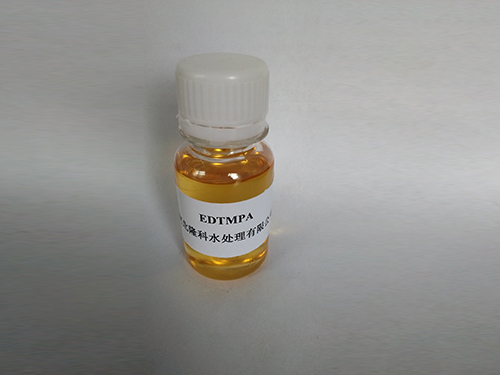Safety Data Sheet Review for Poly Aluminum Chloride and Its Applications in Industry
Understanding Poly Aluminum Chloride (PAC) and Its Safety Data Sheet (SDS)
Poly Aluminum Chloride (PAC) is a widely used coagulant in water treatment processes. It is an inorganic polymer that plays a crucial role in purifying drinking water and treating wastewater by aiding in the removal of suspended particles and colloids. Understanding the properties, applications, and safety measures related to PAC, particularly as outlined in its Safety Data Sheet (SDS), is essential for anyone involved in water treatment or handling hazardous materials.
Chemical Composition and Properties
Poly Aluminum Chloride is a synthetic aluminum polymer that consists primarily of aluminum hydroxide and hydrochloric acid. It is available in various formulations, including solid and liquid forms, with differing degrees of polymerization. The polymer's effectiveness stems from its ability to destabilize colloidal particles in water, facilitating their aggregation and subsequent removal. PAC is highly effective at low concentrations and operates over a wide pH range, making it versatile for various applications, including municipal water treatment, industrial effluent treatment, and papermaking.
Applications in Water Treatment
PAC is predominantly used in the water treatment industry due to its superior coagulation properties. When added to water, it forms complexes with natural organic matter, turbidity, and other contaminants, leading to the formation of larger flocs that can be easily removed through sedimentation or filtration. Its applications extend beyond drinking water treatment to include wastewater treatment and the clarification of industrial effluents. Additionally, PAC is utilized in the production of cosmetics, food, and pharmaceuticals, underscoring its importance in diverse sectors.
Safety Considerations and SDS Overview
poly aluminum chloride sds

The handling and usage of PAC require an understanding of the associated hazards, which are detailed in its Safety Data Sheet (SDS). The SDS provides comprehensive information regarding the chemical’s characteristics, potential hazards, safe handling practices, and emergency measures. One key aspect highlighted in the SDS is that PAC can be irritating to the skin, eyes, and respiratory system. Therefore, appropriate personal protective equipment (PPE) such as gloves, goggles, and masks should be worn while handling the substance.
The SDS also outlines the necessary precautions for storage and disposal. PAC should be stored in a cool, dry place away from incompatible materials, such as strong alkalis, to avoid hazardous reactions. In case of spills, the SDS recommends using inert materials for containment and careful cleanup to prevent environmental contamination.
Emergency Measures
The emergency response section of the SDS is crucial for ensuring safety in the event of an accident. It details first aid measures for exposure, outlining steps such as rinsing affected areas with water and seeking medical attention if necessary. Additionally, the SDS provides guidelines for firefighting measures, emphasizing the use of appropriate extinguishing media and the importance of wearing protective equipment during firefighting operations.
Conclusion
Poly Aluminum Chloride plays a vital role in modern water treatment processes, offering effective solutions for purifying water across various applications. However, it is imperative for users to familiarize themselves with the associated safety data and recommendations presented in the SDS. By understanding both the benefits and the hazards of PAC, professionals can ensure safe handling while leveraging its effective coagulant properties for water quality improvement. Being informed about the risks and best practices outlined in the SDS not only protects individuals but also safeguards the environment and public health, highlighting the importance of regulatory compliance and awareness in the chemical industry.
-
Understanding Polycarboxylic Acids: Properties, Applications, and Future PotentialNewsJul.28,2025
-
Scale Inhibitor Explained: How to Protect Your System from Limescale and Hard Water DamageNewsJul.28,2025
-
Scale and Corrosion Inhibitors: Essential Chemicals for Industrial Water System ProtectionNewsJul.28,2025
-
Polyaspartic Acid: A Biodegradable Polymer for Sustainable ChemistryNewsJul.28,2025
-
Isothiazolinones: A Versatile Antimicrobial Class with Industrial Power and Regulatory ChallengesNewsJul.28,2025
-
A Deep Dive into 2-Phosphonobutane-1,2,4-Tricarboxylic Acid (PBTC)NewsJul.28,2025





